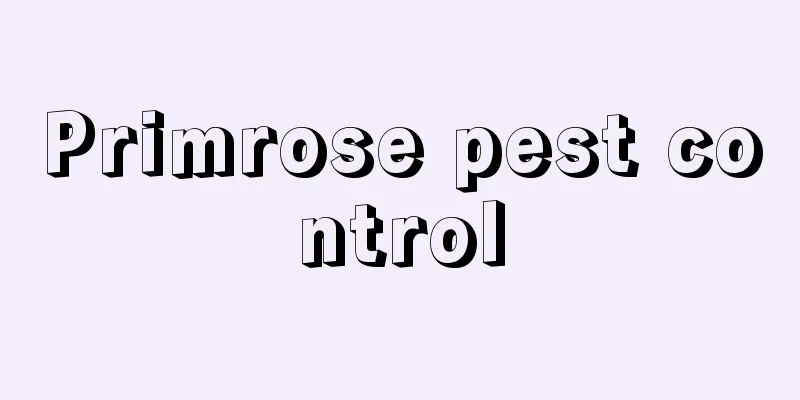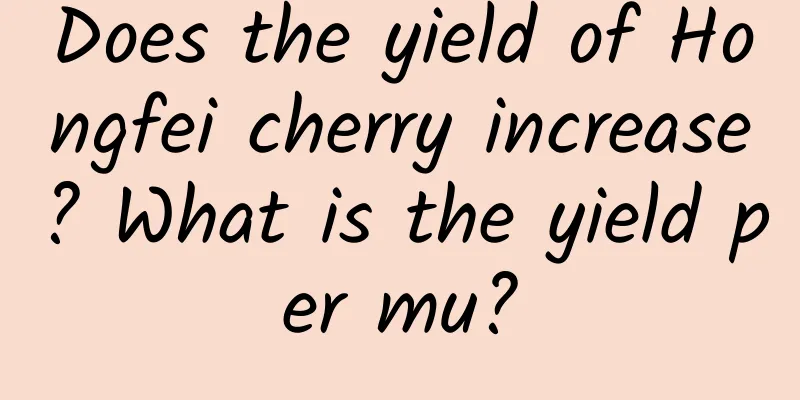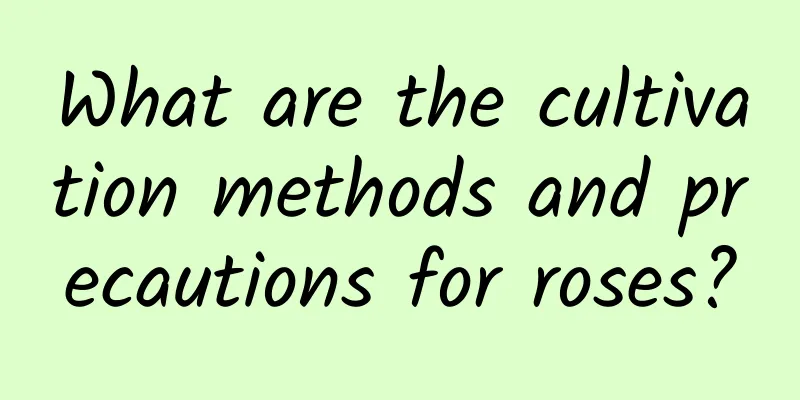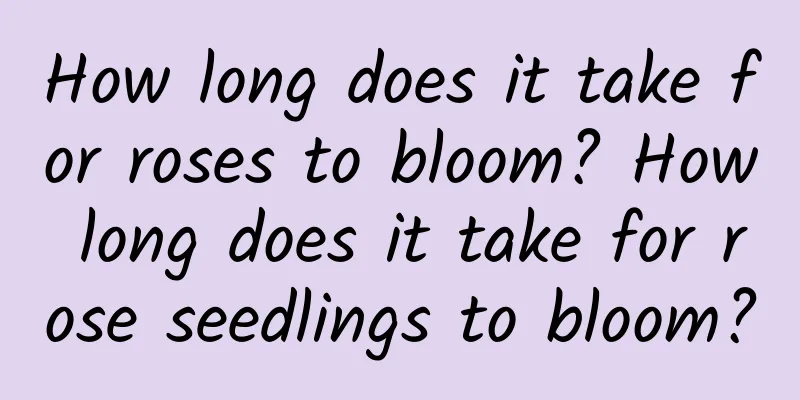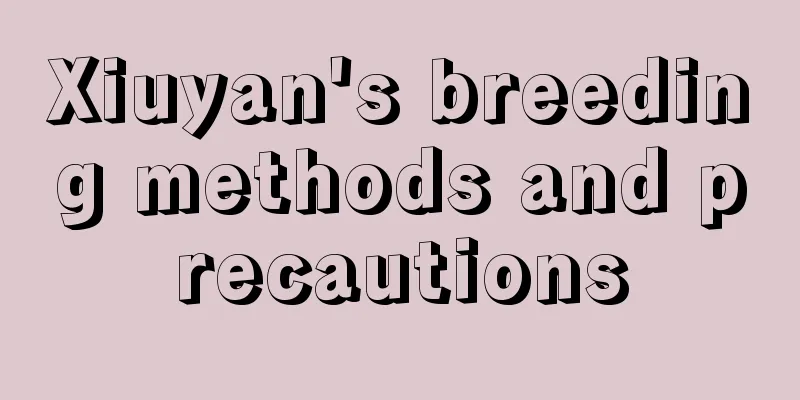The difference between Phlox and Verbena
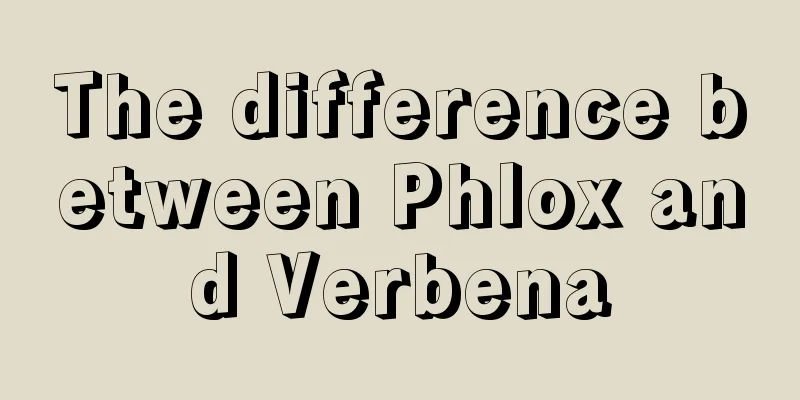
1. Differences in plant typesFloca is an annual herb with an upright stem. The plant is about 15-45 cm long, with many branches and glandular hairs. Verbena is a perennial herb with a creeping base and horizontally spreading stems. The plant is about 10-50 cm tall and is densely distributed. 2. Leaf DifferenceThe leaves of the former are alternate, with the leaves at the base being opposite. The leaf shape is broadly ovate or rectangular, with a length of about 2-7.5 cm. The leaf margin is entire, without serrations around it, and is relatively rounded. The leaf surface has soft hairs. The latter has opposite leaves, oblong in shape, with neat, blunt serrations on the edges, or coarse, notched teeth. They are not completely round, and there are cracks at the base of the leaves. 3. Flower DifferenceThe flowers of Fulicao are terminal cymes, the calyx is tubular, and the corolla is saucer-shaped with a diameter of about 2-2.5 cm. There are many varieties of it. One of them is the clustered phlox, whose flowers are very similar to the latter, but it also has more dotted patterns in the middle of its flowers. The flowers of Verbena are terminal spikes, with small flowers arranged in umbels. |
<<: The difference between Daphne koreana and Oleander
>>: The difference between Cineraria and Verbena
Recommend
How much do carnations cost?
1. Price Introduction Like many flowers, carnatio...
How to grow Euphorbia milii in autumn
1. Increase lighting In addition to fertilizing, ...
How to care for lilies after they bloom?
Lily is a flower that many people like to grow. L...
Is Clerodendrum thomsoniae suitable for the bedroom?
1. Is it suitable for the bedroom? The Clerodendr...
When and how to plant tulips
1. Planting time Usually, tulips are planted in a...
How to grow Clivia to make it bloom? What are the signs of Clivia blooming?
1. How to grow flowers 1. Change the soil in time...
What are the characteristics of succulent plants? Description of succulent plants
1. Stem and leaf flesh The reason why succulents ...
What kind of trees are taboo to plant in the courtyard
1. Cypress Cypress is evergreen all year round, a...
How to transplant winter jasmine
The propagation methods include cutting, division...
The difference between orchid and amaryllis
Different categories For the former, it is of the...
Can pregnant women eat passion fruit?
1. Reasons Passion fruit has good nutritional val...
Using plants to remove pollution from your car
Using pineapple to remove pollution Occupational ...
How to grow roses in autumn
1. Increase fertilization Autumn is the season wh...
If you want the plants to bloom, fertilizer is the key. Hide some "soybean grains" in the soil and flower buds will pop up!
Generally, plants need a lot of nutrients to supp...
Olive flower cultivation methods and precautions
Olive flower cultivation method soil The olive tr...
